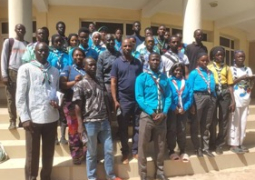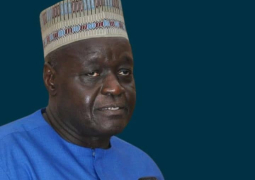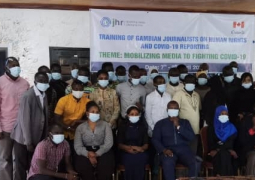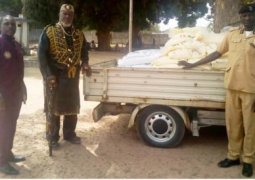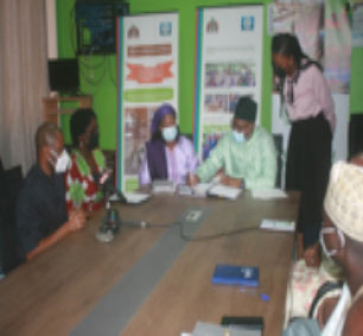
The World Bank funded project to the tune of US$ 40M, will span over the next five years.
Aji Ramatoulie Hydara Sanyang, operations director of GIRAV, explained that the GIRAV project is expected to support agricultural value-chain development and to move The Gambia from subsistence to more market-oriented agriculture.
“The Project Development Objective (PDO) is to promote the development of inclusive, resilient, and competitive agricultural value chains, focusing on smallholder farmers and agribusinesses in the project’s targeted areas,” she added.
The GIRAV project was submitted and approved by the World Bank Board on the 24th of November 2021. The project was signed by the Ministry of Finance and Economic Affairs on February 8th, 2022, and the Declaration on Effectiveness on March 15th, 2022.
The target priority value chains of the GIRAV project are Rice, Horticulture, Cashew, Poultry and as well as Maize which would be for poultry feed.
Geographically the project will operate in 6 agricultural regions: West Coast, North Bank, Lower River Region as well as Central River Region South and North, Upper River Region. It will also operate in the two municipalities Banjul and Kanifing and in 35 districts.
On the other hand, the GAFSP project aims to increase food and nutritional security, as well as household income, particularly for the vulnerable households in five administrative regions: Central River Region (North and South), Lower River, Upper River, North Bank and West Coast Regions of The Gambia, through Strengthening of the Sustainable Home-Grown School Feeding (HGSF) Programme.
Momodou Sowe, project director said GAFSP project is designed to focus on improving the lives and livelihoods of 160,000 beneficiaries with 52% of them being females.
The project, he added, would intervene in the commodities of Rice, Poultry, Maize, Millet, Cassava, and Beans.
Sowe noted that the project would be implemented alongside the World Food Programme and shall form the cornerstone of the country’s Home-Grown School Feeding Programme.
By Fatou B. Cham
Information Officer, MoA


